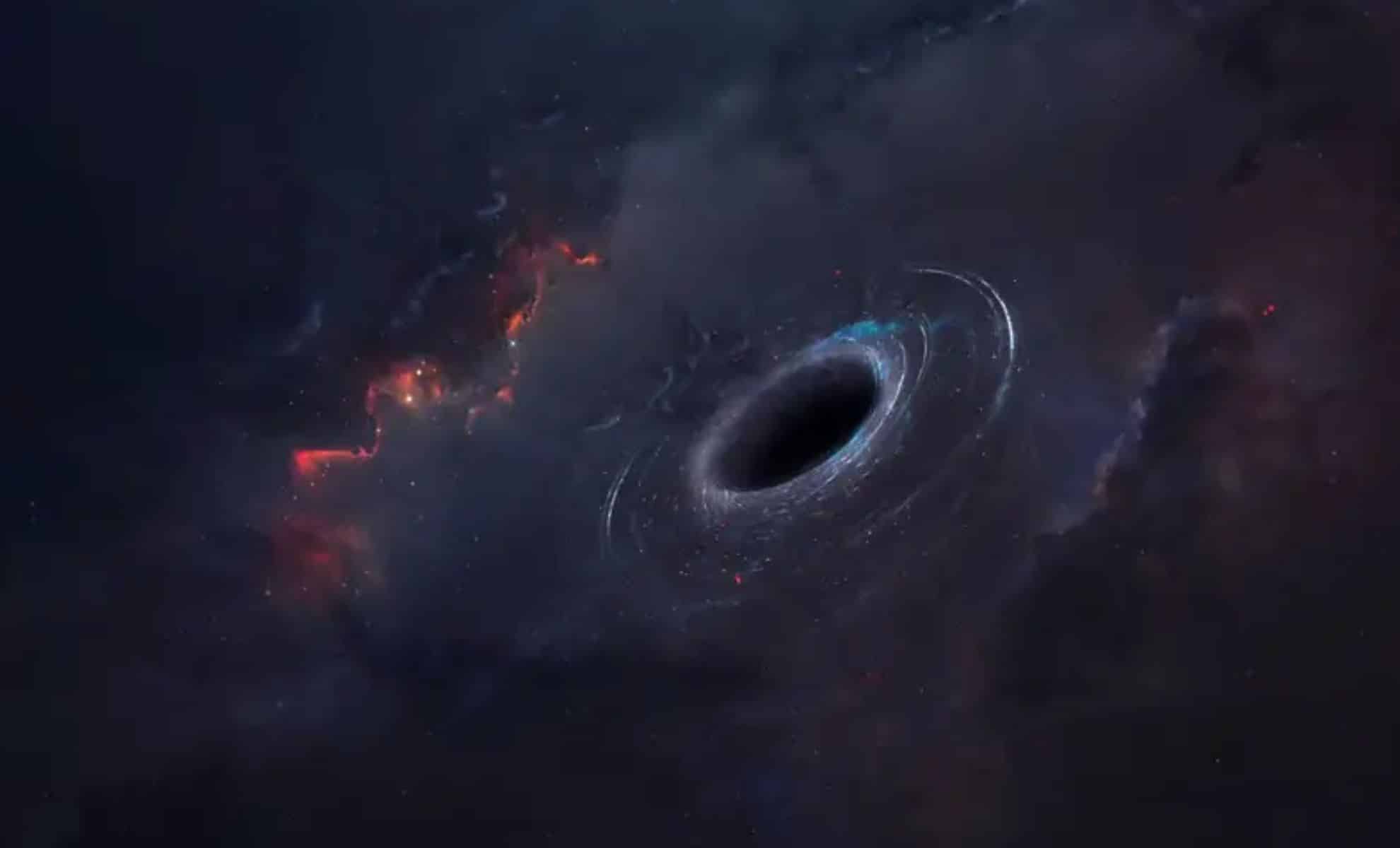Physicists have made a striking leap toward solving one of science’s deepest riddles—what lies at the heart of a black hole. In a pioneering study published in PRX Quantum, a team led by Enrico Rinaldi has used quantum computing and machine learning to simulate the quantum structure believed to reside inside black holes. Drawing on the holographic principle, the researchers tackled a mathematical framework known as a matrix model, opening a new pathway to understand gravity itself—without ever peering past the event horizon.
The announcement comes as scientists continue to grapple with the fundamental incompatibility between the theories of general relativity and quantum mechanics. This groundbreaking study could potentially bridge the gap between these two cornerstones of modern physics.
Bridging Space-Time and Quantum Matter
One of the greatest challenges in physics today is unifying general relativity, which describes gravity and the large-scale structure of the universe, with quantum field theory, which governs subatomic particles. Each theory excels in its domain but seems fundamentally incompatible with the other. The study, led by researchers from the University of Michigan, RIKEN, and Keio University, employs holographic duality—a radical idea suggesting that gravity in three dimensions can be mapped to a quantum system without gravity in just two dimensions.
“In Einstein’s General Relativity, space-time exists but there are no particles,” Rinaldi explains. “In the Standard Model, particles exist, but there’s no gravity.” This split has long puzzled physicists and stalled efforts to produce a quantum theory of gravity. The matrix models explored in this study are mathematical constructs designed to merge these conflicting perspectives into one cohesive framework.
By focusing on simplified versions of these models—versions that still retain essential features of black holes—the researchers were able to test algorithms on both quantum circuits and classical neural networks. Their goal: to find the ground state, the configuration of minimum energy, which may encode the very blueprint of space-time itself.
The violation of the singlet constraint αE0| ˆ G2 α|E0 as a function of the cutoff for various couplings λ = g2 N = 0.2, 0.5, 1.0, and 2.0 for the SU(2) bosonic model. Even (E) and odd (O) values of are plotted with different colors in logarithmic scale. The other parameters are m2 = 1 and c = 0. (CREDIT: PRX Quantum)
Mapping the Quantum Terrain With Matrix Models
Matrix models are central to string theory, where fundamental particles are described not as points, but as tiny vibrating strings. In this framework, black holes can be modeled as dense collections of such strings, and their behavior is encoded in enormous numerical arrays—matrices. But solving these models directly is extremely difficult, particularly when it comes to identifying their ground state. That’s where computational innovation enters.
“It’s really important to understand what this ground state looks like, because then you can create things from it,” Rinaldi says. “So for a material, knowing the ground state is like knowing, for example, if it’s a conductor, or if it’s a superconductor, or if it’s really strong, or if it’s weak. But finding this ground state among all the possible states is quite a difficult task. That’s why we are using these numerical methods.”
Using a bosonic matrix model with two or three matrix variables, the researchers simulated low-energy states using quantum gates on qubit systems. Due to the limited capacity of current quantum hardware—just dozens of qubits—they kept the simulations modest in scale but rich in structure. Their results show that it is possible to use quantum variational methods to approximate the matrix model’s wavefunction—a major step in realizing quantum simulations of gravitational systems.
Quantum Circuits as Music Sheets of the Universe
The process of programming a quantum circuit can be likened to composing a symphony. Each qubit corresponds to a wire, and quantum gates act like musical notes, modifying the state of the system in structured steps. But unlike a traditional score, the “music” of a quantum algorithm evolves unpredictably, requiring optimization to hit the right notes.
“You can read them as music, going from left to right,” the author adds. “If you read it as music, you’re basically transforming the qubits from the beginning into something new each step. But you don’t know which operations you should do as you go along, which notes to play. The shaking process will tweak all these gates to make them take the correct form such that at the end of the entire process, you reach the ground state. So you have all this music, and if you play it right, at the end, you have the ground state.”
This poetic analogy reflects the challenge of using quantum algorithms to find an accurate ground state—essentially composing a piece of code that behaves like the inside of a black hole. The researchers implemented variational quantum eigensolvers (VQEs) to minimize energy and used loss functions sensitive to both energy and symmetry constraints. Despite limited quantum hardware, they were able to benchmark their results against exact diagonalization methods and neural networks, achieving impressive alignment.
The move represents a significant advancement in the field of quantum gravity research, providing a new lens through which to view the enigmatic interiors of black holes. As quantum computing technology continues to evolve, the potential for even more detailed simulations grows, offering hope for a deeper understanding of the universe’s most mysterious phenomena.
